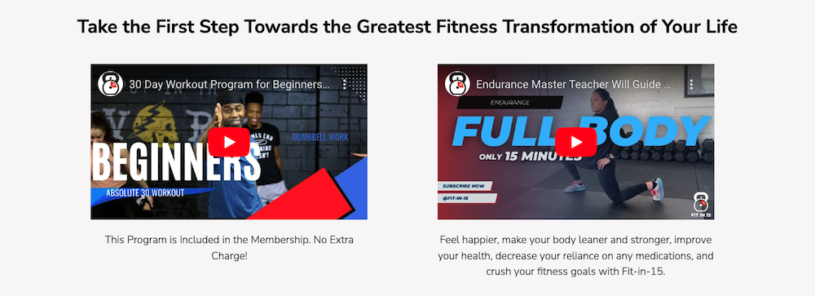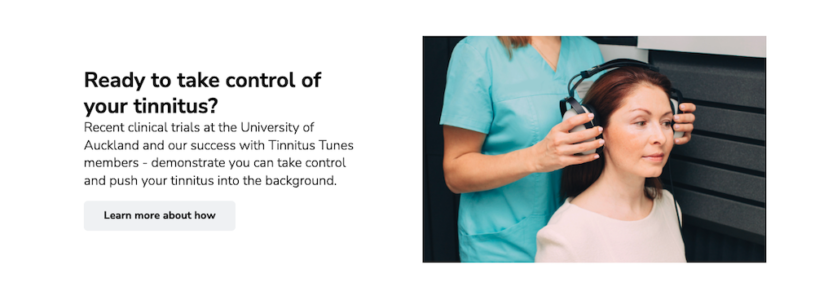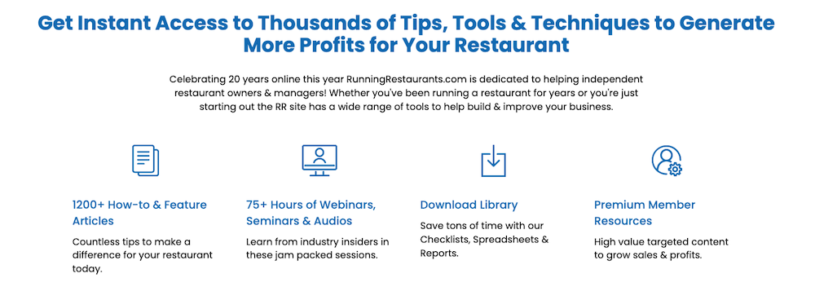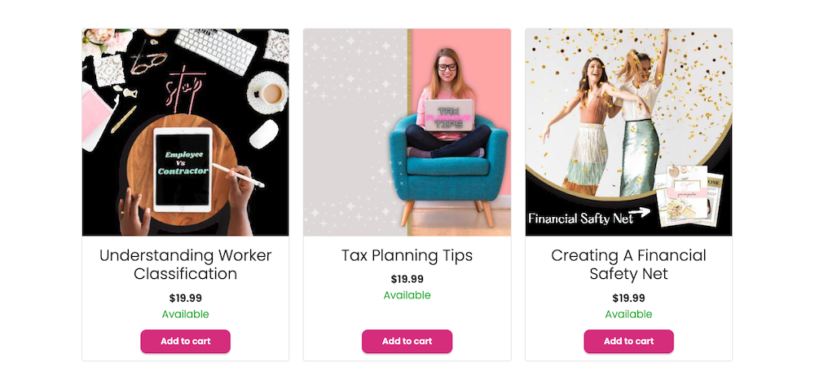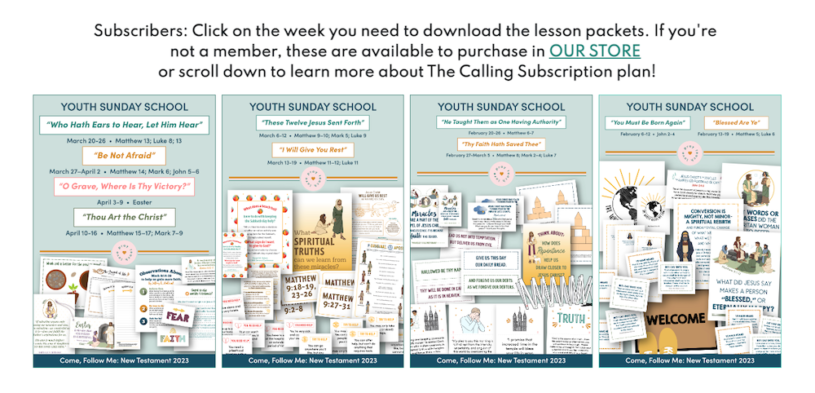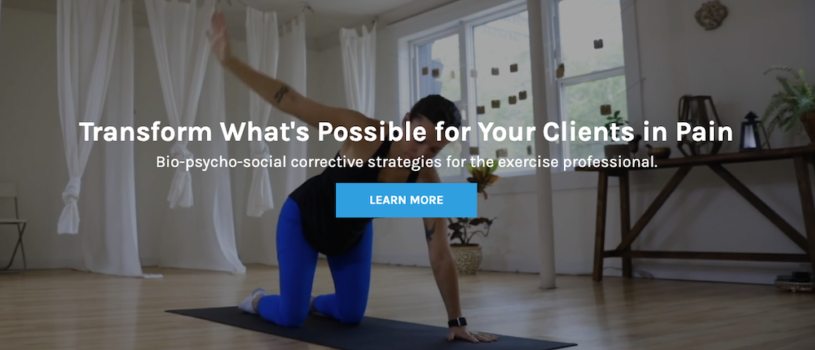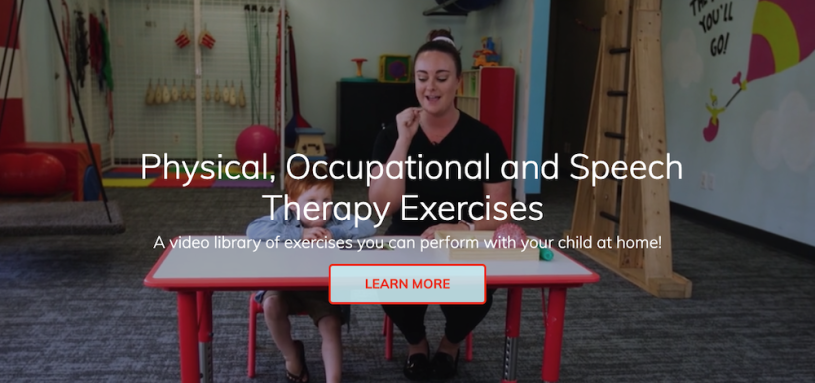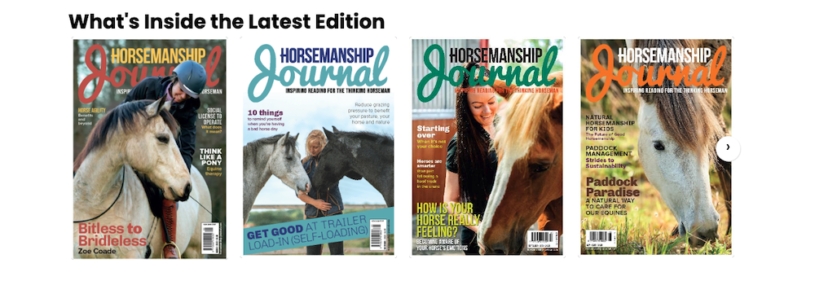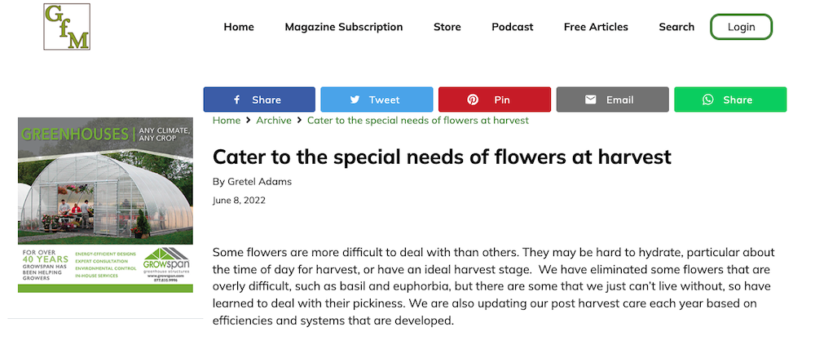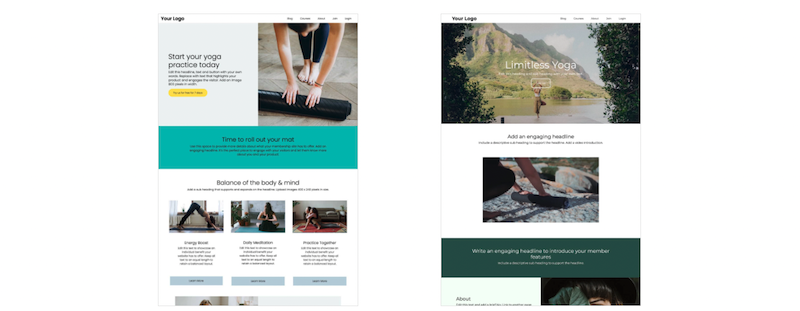
As a membership website owner, your primary task is to write content for your members. This is especially important if you are collecting recurring payments from them in return for fresh content. So obviously, you want every article you write to shine!
Writing the perfect article may sound like a daunting task, but with a little planning and some best practices, you can craft content that captivates your members while imparting real information or advice. The steps here are a great start. The only missing piece is to make sure all your content has your distinctive stamp on the voice, tone, and flavour of your articles.
Know Your Audience
This should be easy since your members have already committed to you. Therefore, they already know, like and trust you. But before you put pen to paper (or fingers to keyboard), take a moment to think a little more deeply about who they are, their habits, their needs and wants. You may even know some of them personally. This is a golden opportunity to tailor your piece to answer a question you know they have, or to speak to a particular segment of your group.
Questions to ask yourself:
- What does my audience care about?
- What problems are they trying to solve?
- What kind of tone will resonate with them (formal, conversational, humorous)?
For example, as a nutrition expert, your membership is varied. Some may be vegan, some paleo, some who like everything! They are each going to have slightly different problems day to day. You could answer questions like “is there such a thing as too much protein?”, or “how many carbs is too many?” The list is endless!.
Start with a Strong Hook
First impressions matter. The opening of your article should grab your member’s attention and make them want to continue reading. A strong hook could be:
Examples:
- A compelling statistic: “Did you know that over 90% of Americans fail to meet daily vegetable intake recommendations?”
- A question: “Are you struggling to understand what ‘eating clean’ really means?”
- A personal story: “Last year, I decided to cut out processed sugar. The first week was tough, but the results were life-changing.”
Structure Your Article with Care
A well-structured article keeps readers engaged and ensures your points come across clearly. Follow this basic structure:
- Introduction: Introduce the topic and explain why it’s important (e.g., “Why meal prepping saves time and money while improving health.”)
- Body: Break down the main points into easily digestible sections, using subheadings and bullet points.
- Conclusion: Summarize key takeaways and provide a call-to-action (e.g., “Start your journey to better nutrition by trying these three simple meal prep tips!”).
Using subheadings, lists, and short paragraphs also improves readability, especially for online content.
Write with Clarity and Confidence
Good writing is clear, concise, and confident. Avoid jargon and unnecessary fluff that might confuse or bore your members. Instead (continuing with our nutritionist example):
- Use active voice: “Include leafy greens in your meals” is stronger than “Leafy greens should be included in meals.”
- Be concise: Replace long explanations with direct, impactful sentences.
- Explain complex concepts: Use examples, such as describing how fiber aids digestion by comparing it to a “broom” sweeping out your digestive system.
Add Value with Examples and Data
Readers appreciate actionable advice and real-world examples. Back up your points with data, case studies, or personal experiences. For example:
- Share meal plans, recipes, or client success stories to make your points relatable.
- Share a success story or cautionary tale to illustrate your point.
Example: Rather than saying, “Fiber is important for digestion,” say, “Studies show that increasing dietary fiber can reduce the risk of heart disease by up to 30%.”
Include a Call to Action
Never leave your readers hanging. A strong call to action (CTA) directs them on what to do next. Whether it's subscribing to your newsletter, leaving a comment, or sharing your article, make your CTA clear and compelling.
This is also a great place to upsell your members. Perhaps you are introducing a new program or challenge. Invite your members to apply to get a free pass or fast action discount.
Example CTA: “Ready for the next level? Join my new 90-day no-carb challenge for free!”
Use Gripping Headlines
Your headline is the first thing readers see, so make it count. A good headline is clear, intriguing, and gives a promise of value. Tools like CoSchedule Headline Analyzer can help refine your titles for maximum impact.
- Instead of “Nutrition Tips,” try “7 Science-Backed Nutrition Tips to Transform Your Health.”
- Use power words like “Ultimate,” “Proven,” or “Life-Changing” to add impact.
Use Subheads and Bullet Points
Breaking up your text with subheads and bullet points makes it easier for readers to scan and digest your content. This is especially important for online readers who tend to skim rather than read word-for-word.
- Use subheads to introduce new sections.
- Use bullet points for lists or key takeaways.
Inject Personal Stories and Opinions
Adding personal stories or opinions makes your article more relatable and engaging. Share your experiences, challenges, and insights to build a connection with your readers.
Example: Offer opinions on debated topics, like plant-based diets or intermittent fasting, to spark discussion.
Edit Ruthlessly
This is a phrase that you sometimes here from editors and publishers. What they mean is that you should be ruthless with your editing. You many have just written the cutest, most creative title in the world for your article. But does it tell your member what the article is about?
Consider a cute headline like “You Say Potato, I Say Potahto!”, or “Do You Want Fries With That?”. Do these tell you what the article is about? Not really. It’s usually a good idea to err on the side of the obvious. Something like 5 Ways to Ditch French Fries for Good – With No Regrets”. Now you have a headline that is still engaging but is also more explanatory.
Your first draft is rarely perfect. Once you’ve finished writing, you should also take the time to edit your article. Look for:
- Spelling and grammar errors.
- Sentences or sections that are unclear or repetitive.
- Opportunities to improve flow and readability.
Tools like Grammarly or Hemingway Editor can help polish your writing, but don’t underestimate the value of a second pair of eyes. Ask a friend or colleague for feedback.
Final Thoughts
Writing the perfect article isn’t about following a rigid formula; it’s about understanding your audience, communicating clearly, and providing value. And don’t forget to be authentic in your writing. Use your writing voice to spark or deepen your connection with your members. They want to hear from you, in your unique style. So give the people what they want!


